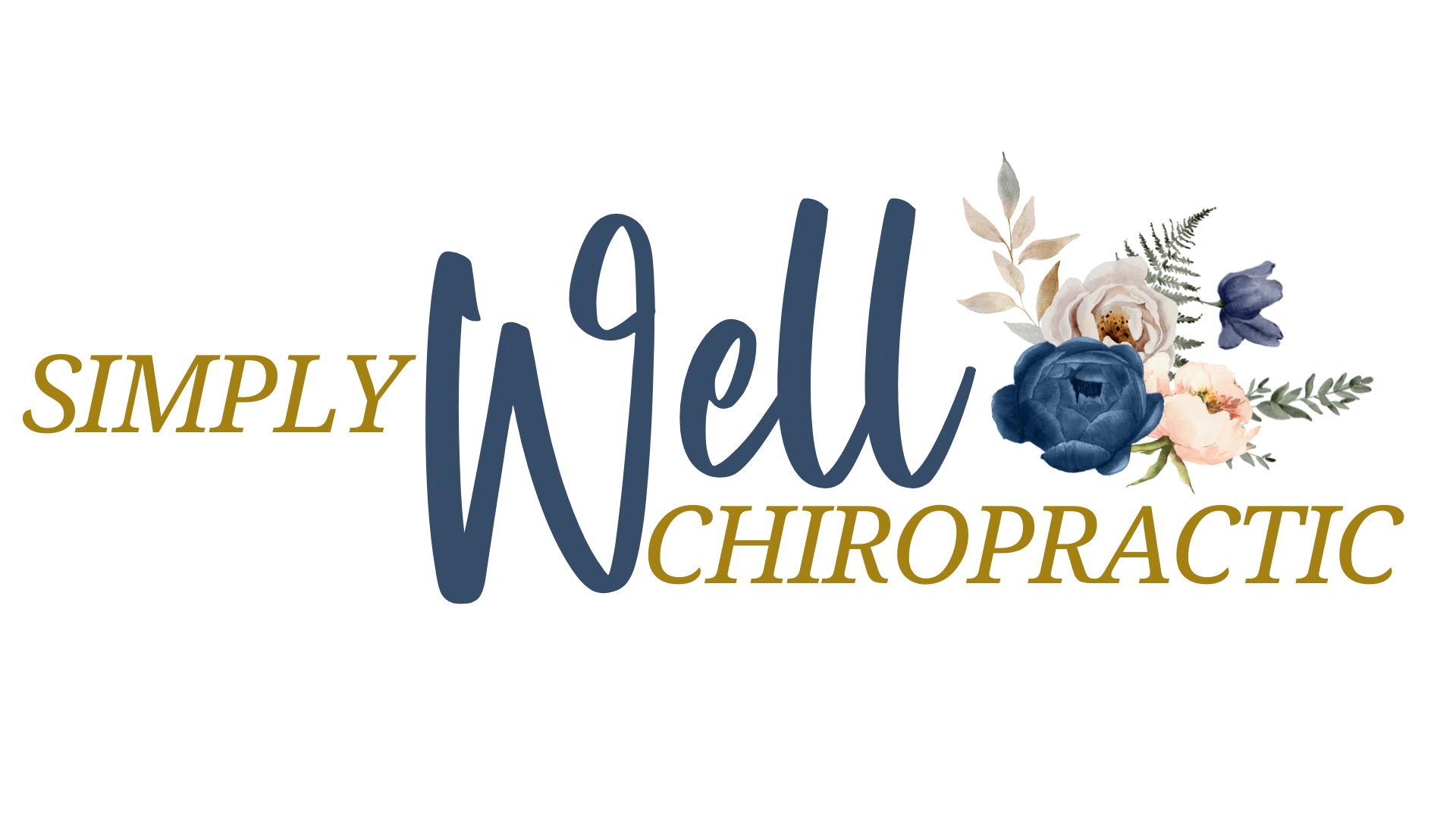Skydiving is an exhilarating sport that captures the spirit of adventure, offering a breathtaking view from above and an unmatched adrenaline rush as you soar near the Cincinnati skyline. However, this thrilling activity also comes with its share of risks, particularly the physical strain of high-altitude jumps and landings. Common skydiving injuries such as sprains, strains, contusions, and ligament tears are not uncommon, potentially sidelining them from both the sport and daily activities.
For Cincinnati skydivers looking for a swift and effective recovery solution, SoftWave Therapy at Simply Well Chiropractic offers a promising answer. This non-invasive therapy harnesses the power of low-intensity shockwaves to stimulate the body’s natural healing mechanisms, significantly cutting down recovery times. Whether you’re dealing with a minor strain or a more serious ligament tear, SoftWave Therapy can help you get back in the air faster and with confidence.
What is SoftWave Therapy?
SoftWave Therapy is an innovative treatment modality that harnesses the power of acoustic waves to promote healing and reduce recovery times for musculoskeletal injuries. This technology uses a device to generate low-intensity shockwaves, which are then transmitted to the injured area through a hand-held applicator. Unlike some therapies that rely on high-intensity waves, SoftWave utilizes unfocused, low-intensity energy that is less aggressive yet highly effective in stimulating the body’s natural healing processes.
How SoftWave Therapy Works
The mechanism behind SoftWave Therapy involves the emission of acoustic pulses that penetrate the skin and underlying tissues. These pulses create a controlled inflammatory response, which is a crucial part of the body’s natural healing process. By doing so, SoftWave Therapy encourages increased circulation and the migration of essential cells to the injured area. This facilitates rapid and effective tissue repair by enhancing cellular regeneration and angiogenesis—the formation of new blood vessels. Furthermore, the therapy helps in breaking down scar tissue, which can improve flexibility and decrease pain.
Safety and Non-Invasiveness of SoftWave Therapy
One of the most significant advantages of SoftWave Therapy is its safety and non-invasive nature. The procedure does not require any incisions, which eliminates the risk of infection and complications associated with surgical interventions. Patients typically experience little to no discomfort during the treatment, with most reporting a sensation similar to a pulsing or tapping on the skin. There is no need for anesthesia, and the therapy session usually lasts for about 5 to 10 minutes, depending on the area being treated.
Moreover, SoftWave Therapy is approved by health regulators and has been extensively studied for its efficacy and safety. It is an ideal treatment option for patients who are looking for a non-pharmaceutical and non-surgical solution to accelerate their recovery and reduce pain. Its gentle approach makes it a suitable therapy for a wide range of patients, including those who might not be candidates for more invasive procedures.
Understanding Skydiving Injuries: Risks and Common Types
Skydiving is an exhilarating sport that offers unparalleled thrills, but it also carries inherent risks, particularly during the landing phase. This critical part of the jump is when most injuries occur, primarily affecting the lower extremities and spine due to the impact and biomechanical forces involved. Here’s a breakdown of the most common types of skydiving injuries:
- Fractures: Bone breaks often occur during hard landings or awkward falls.
- Strains and Sprains: Overstretching or tearing of muscles and ligaments, respectively, especially around ankles and wrists.
- Contusions: Blunt trauma from hitting the ground or colliding with other objects.
- Abrasions and Lacerations: Skin injuries caused by scraping or cutting against equipment or the ground.
- Ligament Tears: Severe sprains that can lead to joint instability.
- Dislocations: Joints being forced out of their natural positions, commonly affecting shoulders.
- Whiplash and Concussions: Neck injuries and mild traumatic brain injuries due to rapid deceleration or head impacts (SoftWave Therapy cannot help with this).
Detailed Insights into Specific Skydiving Injuries:
- Ankle and Wrist Sprains: These are particularly common due to the forces exerted upon landing.
- Shoulder Dislocations: Often occur during chute deployment or from a fall during landing.
- Muscle Strains: Typically result from overexertion or improper landing techniques.
- Leg Fractures and Dislocations: These serious injuries can occur if the landing is mismanaged or if unexpected ground conditions are encountered.
Understanding these common injuries and their mechanisms can help skydivers prepare better and adopt preventive measures. Proper training, technique, and equipment are crucial in reducing the likelihood of these injuries, ensuring that skydivers can enjoy the sport safely and with minimal risk.
Benefits of SoftWave Therapy for Skydivers
Skydiving is a sport that demands quick reflexes and resilience, but injuries can set you back both physically and mentally. SoftWave Therapy offers several significant benefits for skydivers facing injuries, helping them return to the skies sooner and with greater confidence.
Fast Recovery
One of the primary benefits of SoftWave Therapy is its ability to reduce recovery time dramatically. The acoustic waves stimulate the body’s natural healing mechanisms, enhancing blood flow to the injured area. This increased circulation brings more oxygen and nutrients, crucial for repairing tissues quickly. By accelerating the body’s natural repair processes, skydivers can experience faster healing, meaning less downtime and a quicker return to jumping.
Pain Management
SoftWave Therapy is also highly effective in managing pain. The therapy works by emitting low-intensity shockwaves that help reduce inflammation, a primary cause of pain in injuries. Moreover, the shockwaves stimulate the nerves within the affected area, reducing pain signals sent to the brain. This dual action not only helps in immediate pain relief but also aids in managing chronic pain conditions, allowing skydivers to focus on their recovery and training without being hindered by discomfort.
Tissue Repair and Health
At the cellular level, SoftWave Therapy promotes tissue repair and regeneration. The therapy induces microtrauma to the affected area, which stimulates the production of new collagen and prompts the release of growth factors. These growth factors are essential for creating new tissue and repairing damaged ones, thus improving the overall health of the tissue. By fostering a robust healing environment, SoftWave Therapy ensures that repairs are durable and high-quality, reducing the likelihood of re-injury upon return to sport.
Prevention of Long-Term Complications
Regular use of SoftWave Therapy can help prevent long-term complications associated with acute and chronic injuries. By enhancing the body’s natural healing processes and improving tissue quality, the therapy helps maintain joint stability and mobility. This is particularly important for skydivers, whose sport requires optimal joint function for safe landings and maneuverability in the air. Preventing long-term complications such as chronic pain, joint instability, and reduced mobility can significantly impact an athlete’s career longevity and quality of life.
Integrating SoftWave Therapy into Your Recovery Plan
Recovering from a skydiving injury requires a comprehensive approach. SoftWave Therapy offers significant benefits as a standalone treatment, but integrating it with other rehabilitation methods can enhance recovery outcomes. Here’s how to effectively incorporate SoftWave Therapy into your overall recovery plan and ensure ongoing joint health and injury prevention.
Combining SoftWave Therapy with Other Rehabilitation Methods
SoftWave Therapy can be seamlessly integrated with various rehabilitation techniques to support optimal recovery. Here are some effective combinations:
- Physical Therapy: Combining SoftWave Therapy with traditional physical therapy exercises can help strengthen the muscles around the injured area, improving stability and mobility. Physical therapists can tailor exercises that complement the effects of SoftWave Therapy, ensuring a balanced approach to muscle and joint recovery.
- Chiropractic Care: For alignment and balance issues that often accompany joint injuries, integrating chiropractic adjustments can enhance the benefits of SoftWave Therapy. This combination helps ensure that the body’s structural alignment supports optimal healing.
- Stretching and Flexibility Training: Incorporating regular stretching into your recovery regimen can enhance the effects of SoftWave Therapy by maintaining tissue elasticity and joint mobility, reducing the risk of further injuries.
Consulting with Healthcare Providers at Simply Well Chiropractic
To effectively integrate SoftWave Therapy into your recovery plan, it’s crucial to consult with qualified healthcare providers. Dr. Faith can assess your specific injury and recommend a customized treatment plan that includes SoftWave Therapy along with other beneficial treatments. Here are some tips for consulting with your healthcare provider:
- Be Open and Honest About Your Symptoms: Detailed information about your pain and mobility issues can help your provider tailor the treatment to your needs.
- Ask Questions: Understand each aspect of your treatment plan, including how often you should receive SoftWave Therapy and what other therapies might be included.
- Follow the Recommended Schedule: Consistency is key in any recovery plan. Adhering to the prescribed therapy schedule will ensure the best outcomes.
Experience Faster Recovery and Enhanced Healing with SoftWave Therapy
SoftWave Therapy stands out as a highly effective, non-invasive treatment option that accelerates recovery, reduces pain, and facilitates tissue repair for skydivers facing injuries from their high-flying endeavors. By leveraging the power of acoustic shockwaves, this therapy enhances the body’s natural healing processes, enabling skydivers to heal faster and more completely. Not only does it shorten recovery times, but it also manages pain effectively without the need for medications and helps maintain long-term joint and tissue health.
We encourage all skydivers who are currently sidelined by injuries or those looking to enhance their recovery processes to consider SoftWave Therapy. It’s an investment in your health that pays dividends in the form of quicker return to the sky, improved performance, and reduced risk of future injuries. At Simply Well Chiropractic, we are committed to helping you achieve your best health so you can continue to enjoy the thrill of skydiving without the setbacks of injuries.
Don’t let injuries keep you grounded. Contact Simply Well Chiropractic today to schedule a consultation and learn more about how SoftWave Therapy can be integrated into your recovery plan. Our expert team is ready to assist you on your journey back to full health and optimal performance. Visit us in person or give us a call—let’s get you back to soaring heights with confidence and health!







